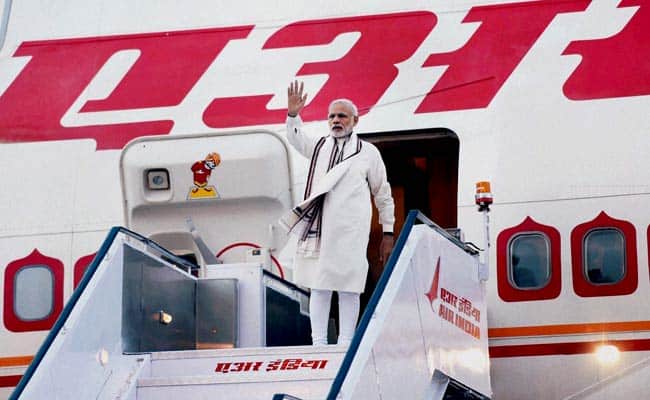BEIJING – India’s first homemade aircraft carrier Vikrant, which is under construction at the Cochin Shipyard Limited (CSL), had a break-in recently. The hard disks, memory chips and processors of four computers onboard the carrier were dismantled and taken away, and local police has set up a team to investigate the case.
The Indian navy claimed that the information stored in the stolen computers belonged to the shipyard and no naval information was stolen as the aircraft carrier hasn’t been delivered to the navy yet, so the theft won’t pose any national security threat. But whether this will affect India’s national security or not, the long-standing problems of India’s military industry were once again laid bare in front of the world, China Military Online, the only official English language news website of the Chinese People’s Liberation Army (PLA) reported.
The aircraft carrier Vikrant where the theft took place started construction in 2008 and was originally scheduled to be launched in 2010, but didn’t make it until 2013 due to lack of experience and poor industrial strength. It is expected to be delivered in 2021.
Although the aircraft carrier was “formally” launched in 2013, it was only 30% completed at the time. Besides, it has also been twice transferred from dry dock into water, informally, one time in 2011 when the shipyard needed the dry dock for other projects and the other time in 2015, when Vikrant was brought back to the dry dock to continue construction after it was officially launched.
In 2018, a drill ship under repair at CSL exploded but fortunately didn’t affect Vikrant, whose delivery time hadn’t been delayed thereafter.The series of events point to CSL’s serious problems in production planning, organization, management and security, and the prospects of Vikrant’s delivery as scheduled remain pessimistic.
The aforementioned problems are widespread in Indian military enterprises. Hindustan Aeronautics Ltd. or HAL, the only aircraft manufacturer of India, is known for its high accident rate and many of the planes assembled or repaired by it have crashed. In the decade from 1994 to 2004, HAL assembled two Mig-21 warplanes and overhauled eight ones, eight of which crashed; assembled three SEPECAT Jaguar attackers and overhauled five ones, six of which crashed; overhauled four Mirage 2000 fighters and three Mig-29 ones, all of which crashed.
The primary reason for the frequent and serious problems in Indian military industry is its consistent dependency on weapon and equipment import and neglect of independent R&D. Even though the Indian government has taken some measures in recent years to fortify the independence of its military industry, the deep-rooted problems cannot be solved overnight.
The second reason is India’s weak industrial foundation. Its national industrial independence rate has lingered around 15% for many years, and the backward industrial capacity is unable to provide qualified raw materials and parts and components for the military industry. For instance, Vikrant is the first warship that is made of Indian-made steels, but CSL had to stop working several times during its construction to wait for materials because India doesn’t have sufficient steel output.
Meanwhile, India is short of military-industrial talents, who cannot meet the country’s needs for military-industrial development either in quality or quantity. As a result, India’s military-industrial project easily lasts for decades. For instance, it began to develop the Nag anti-tank missile in the 1980s, but the missile was only put into mass production this year, lasting more than 30 years across two centuries.
At last, the weapon and equipment targets the Indian military proposed are too high to be realistic and well beyond the technical level and manufacturing capability of its military industry. There was news that the Indian navy planned to install electromagnetic catapult and nuclear power system on Vishal, another Vikrant-class carrier, which was obviously in disregard of the carrier’s original design and actual situation.
Moreover, corruption and graft are appalling in India’s military procurement, and any sale of homemade equipment comes with a kickback, it concluded.














